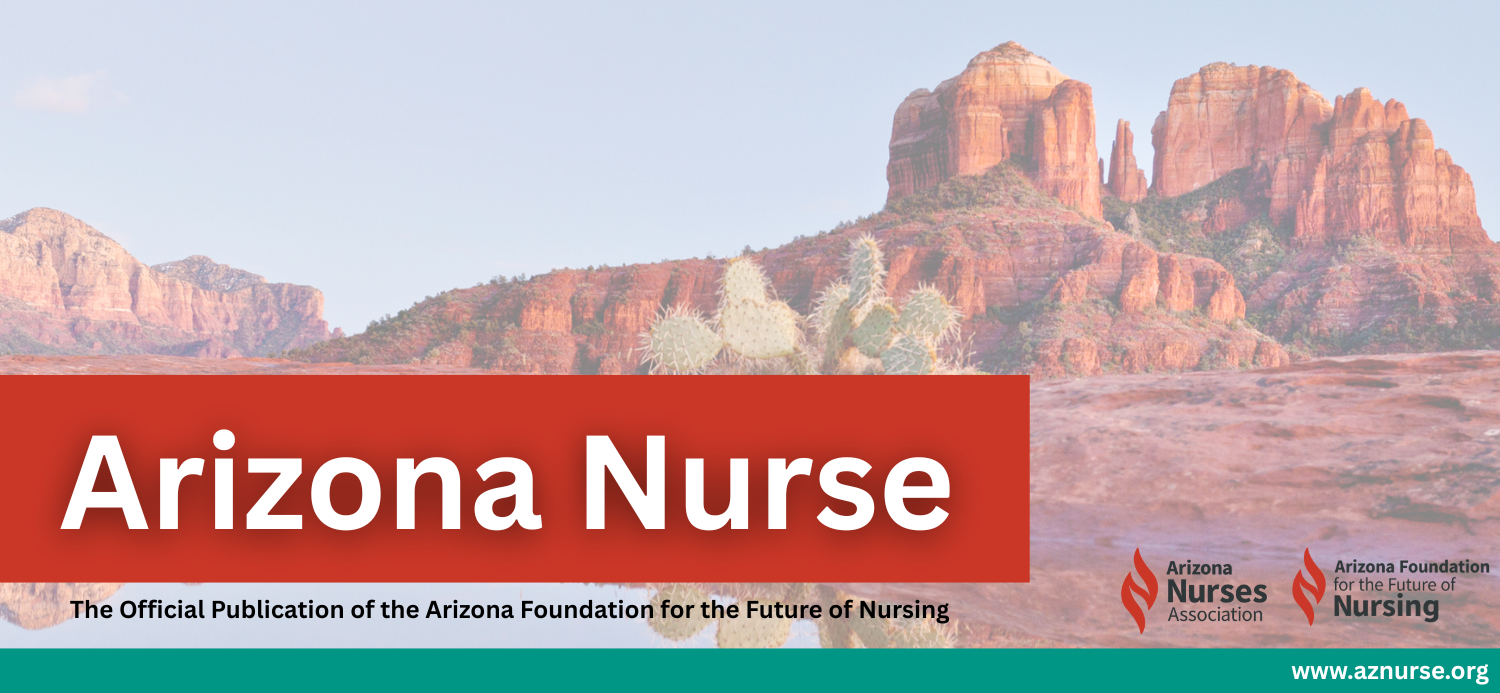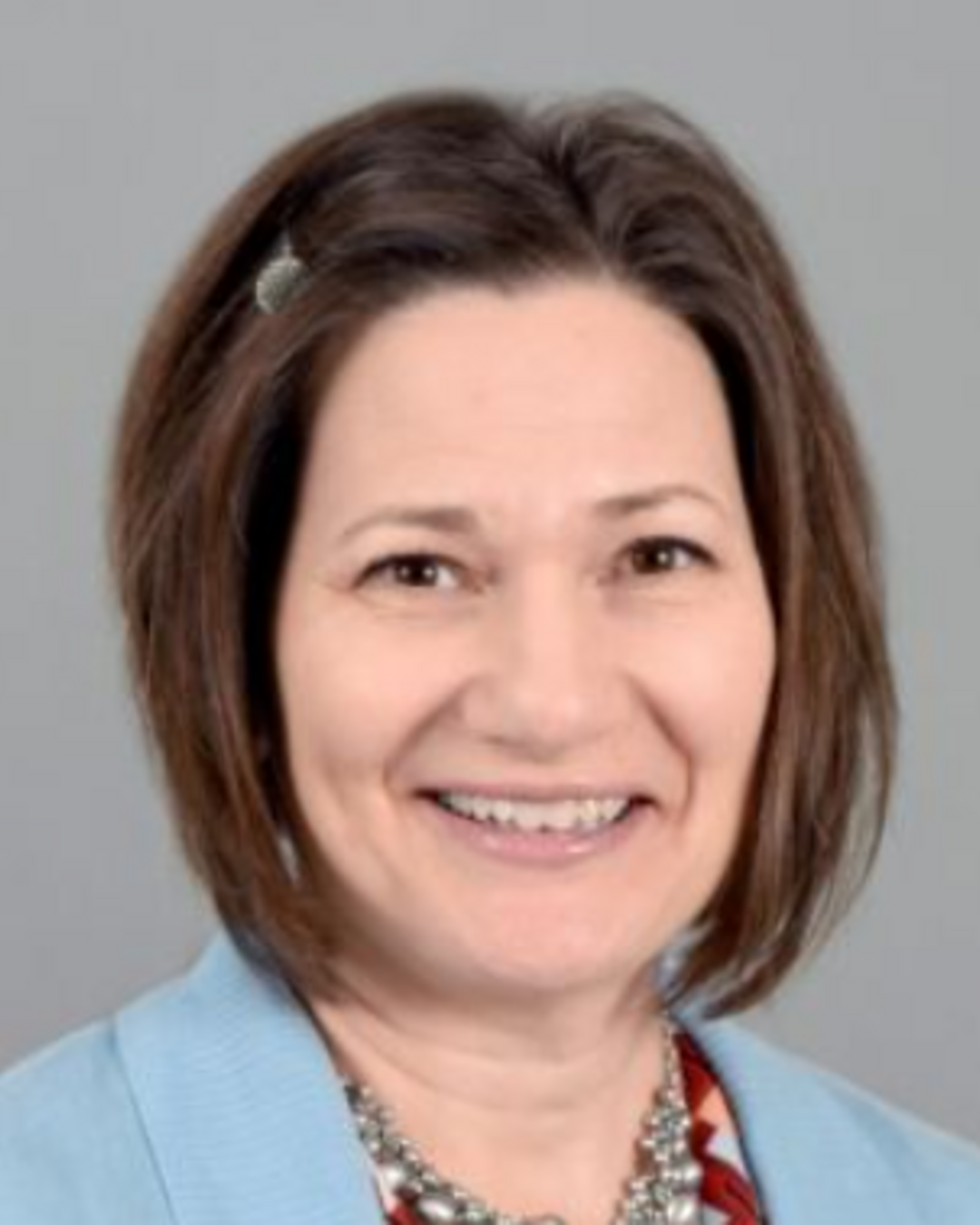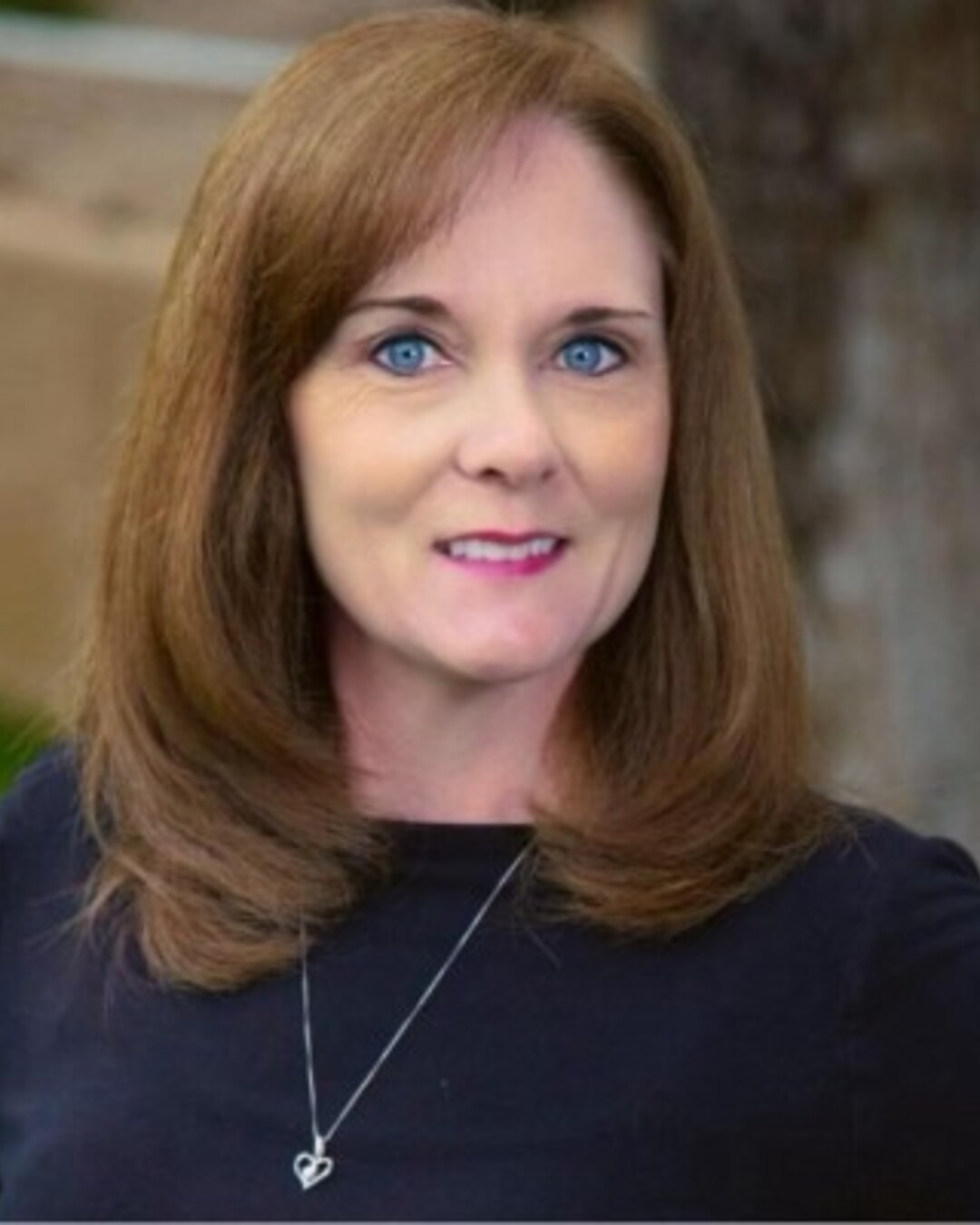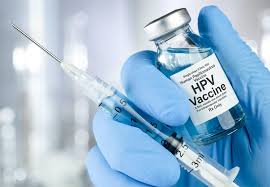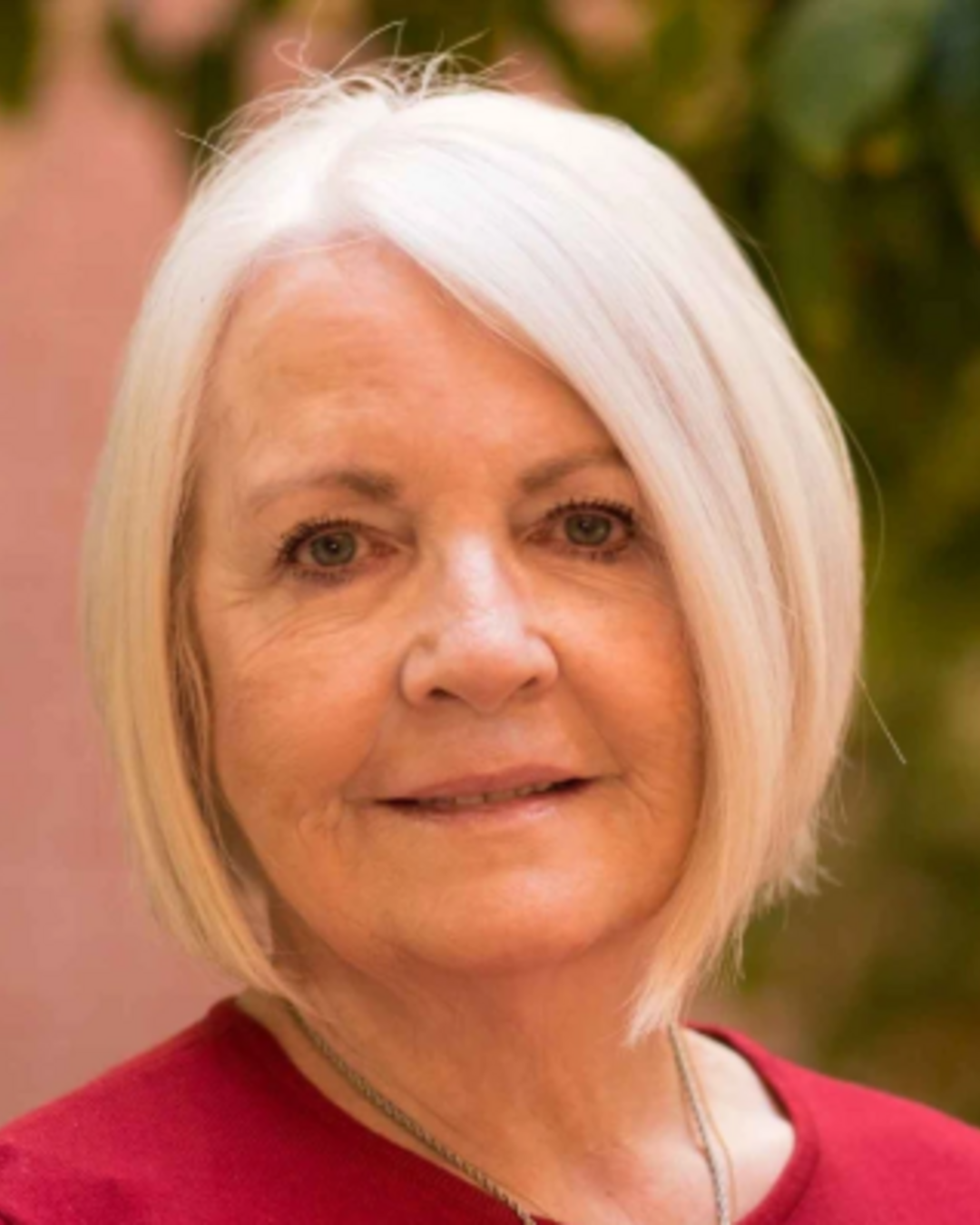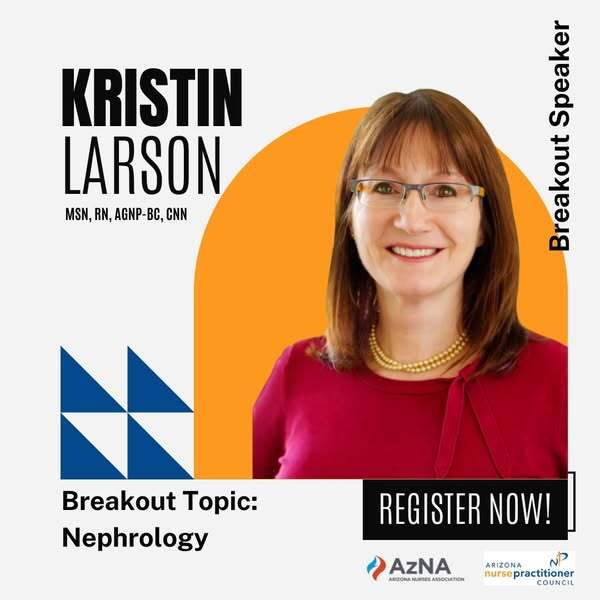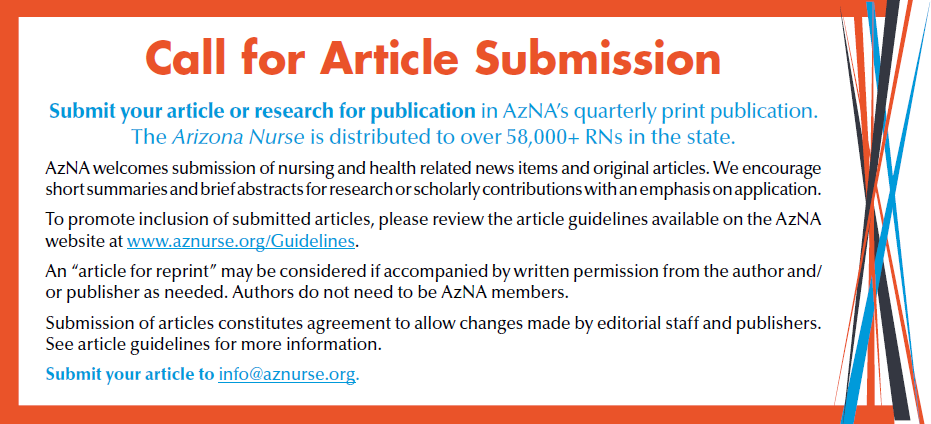When I was in nursing school, I was a huge fan of the TV show "ER". I loved recognizing the language they used and adored Noah Wyle's Dr. Carter, especially after I learned that his mother was a nurse. Fast forward to now, and I have found the same enthusiasm for HBO's "The Pitt." But at this point in my nursing career, viewing the show leaves me occasionally perplexed by the show's portrayal of emergency room dynamics. While it captures certain aspects of our profession with commendable accuracy and enticing entertainment, there are moments where reality takes a backseat to dramatization. Let's delve into some of these portrayals.
Nursing Workforce Diversity
In "The Pitt," nurses are easily identifiable by their gray scrubs and clear occupational identifiers on their name badges. This is a detail that mirrors real-world best practice. However, the show's depiction of staff diversity doesn't quite align with current statistics. According to the National Sample Survey of Registered Nurses1, as of 2022, the registered nurse (RN) workforce was predominantly White/Caucasian (80%), with Black/African American nurses comprising 6.3%, Asian nurses 7.4%, and Hispanic nurses 6.9%. Men represented 11.2% of the RN workforce during the same period. These figures highlight the ongoing challenge of recruiting a nursing workforce that truly reflects the diverse patient populations we serve.
The Charge Nurse Unicorn
The series often portrays the charge nurse as a prescient guide at the nurses' station, always ready to dole out timely advice. While charge nurses indeed play pivotal roles in mentoring and supporting staff, the reality is that they are frequently immersed elbow-deep in patient care and administrative duties. While things have improved regarding nurse shortages, there are still many reports that nurse staffing and retention are a significant concern, with many nurses considering leaving the profession due to burnout and increased workloads2. This means that charge nurses are often stretched thin, balancing multiple responsibilities simultaneously.
Workplace Violence (spoiler alert!)
One particularly resonant storyline involves a patient growing increasingly agitated in the waiting room, culminating in an act of violence against a healthcare worker. I doubt there is a single nurse out there who didn't see where this storyline was going from the very first episode. This depiction, though unsettling, reflects a troubling reality. We Arizonans know all too well that violence in hospitals continues to be a significant concern. While health care workers represent about 10% of the total workforce, they comprise nearly half of all non-fatal injuries resulting from workplace violence3.
Throughput and Psychiatric Holds
Despite the show's portrayal of an "unusually busy day," the ED appears surprisingly orderly, with minimal hallway stretchers and psychiatric holds. In contrast, many real-life EDs grapple with significant throughput challenges, particularly concerning mental health patients. As of April 2025, over 122 million Americans resided in areas designated as Mental Health Professional Shortage Areas4, leading to increased reliance on EDs for psychiatric care. This shortage often results in prolonged ED stays for patients awaiting appropriate mental health interventions.
Opioids and Overdoses
One storyline The Pitt gets right is the ongoing toll of the opioid crisis, particularly the role of fentanyl, which is involved in about 80% of opioid-related overdose deaths. However, it misses the mark in who is most affected---overdose deaths are highest among Black and Indigenous communities5, not white college students studying too hard. While overall deaths have slightly declined, fentanyl continues to devastate communities, and EDs remain on the frontlines of this public health crisis.
While "The Pitt" offers a dramatized yet entertaining glimpse into the world of emergency nursing, it's essential to recognize the complexities and challenges that define our daily experiences. Modern healthcare is rich with storylines that will keep the show going for countless seasons. Issues like workforce diversity, staffing shortages, workplace violence, and mental health care access aren't going away soon. Perhaps airtime, some great acting, and a larger audience may help generate broader support for the solutions we need. Of course, it is just Hollywood, and the show is a surprisingly accurate take on emergency medicine. So, go grab some popcorn and give it a watch if you haven't already. Sometimes it is OK for entertainment to just be fun.
